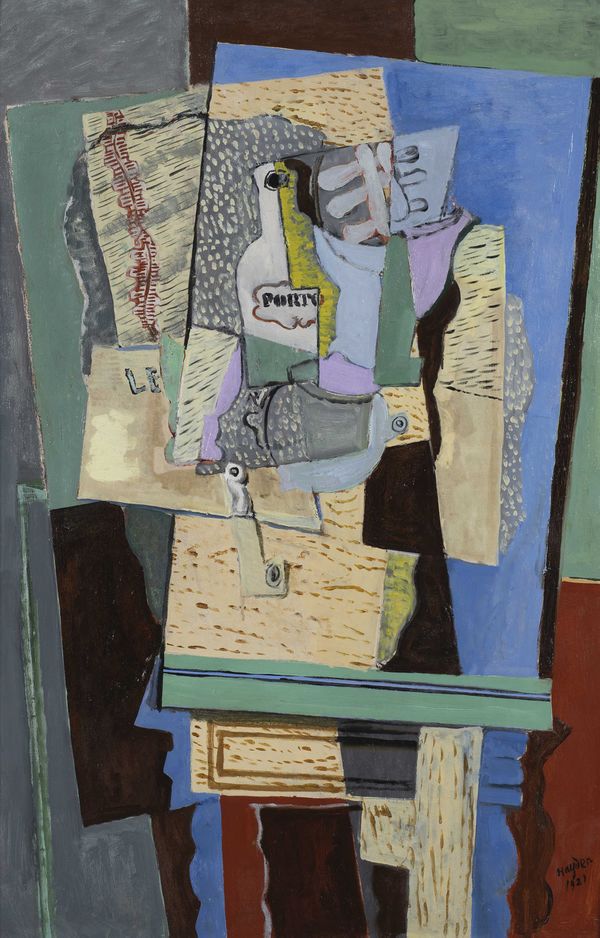Henri Hayden
(Polish, 1883-1970)
Born in 1883, Henri Hayden arrived in Paris from Poland in 1907, aged 24, and four years later held his first solo exhibition. He was a School of Paris painter, mainly of still life and landscape, who was influenced primarily by Cezanne and Cubist artists. Hayden's career as a whole represents a real talent, whose periods of significant creativity occurred at the beginning and end of a long professional career. His first important picture, The Chess Players at La Totonde, in the manner of Cezanne, was shown at the Salon des Indépendants in 1914; shortly afterwards he was introduced to Juan Gris, by a fellow Pole, the sculptor Jacques Lipchitz. Soon after Hayden began his Cubist period, between 1916 and 1921. Gris led him to the dealer Léonce Rosenberg, and through him to Metzinger, Severini, Picasso, and Matisse, all significant influences on the artist.
Although Hayden produced a fine series of cubist pictures, the most famous being The Three Musicians, now in the National Museum of Modern Art, Paris, he never completely adopted the cubist aesthetic. From 1922 his oeuvre took on a more figurative manner, especially in landscape painting, which proved hugely successful with dealers and the public. By 1950 there were signs of a return to a sub-cubist mannerism in his work, and as a result the landscapes and still-lifes of his last 20 years became both more simplified and more definitely composed than the previous period. Never fussy or laboured, with an elegant calligraphy, they combine a new richness of colour with lyrical melancholy. Meditation and purity of vision mark the painter's last years.

